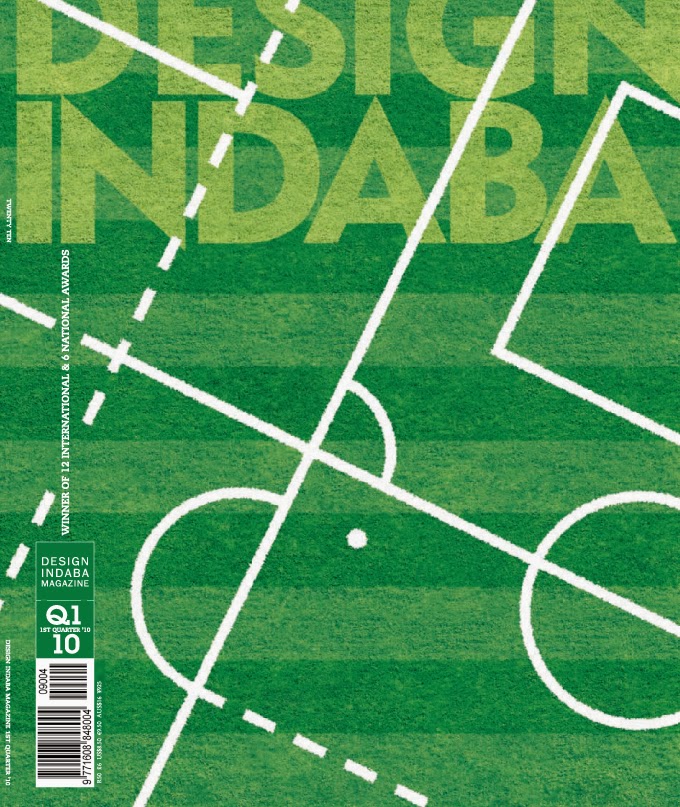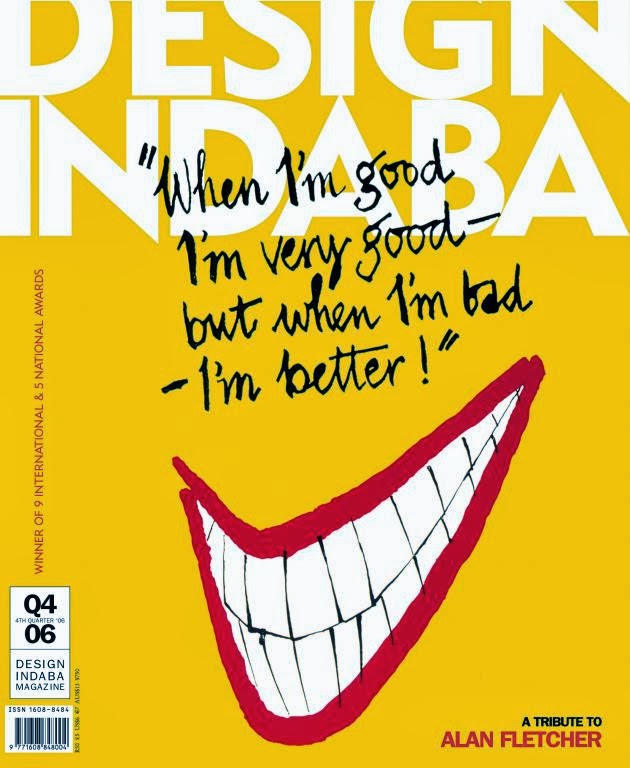The International Typographic Style is an art movement which took place during the 1950's in Switzerland and it is also called the Swiss style. This graphic design movement was developed in order to cleanliness of the typographic material in the design, readability and objectivity of the designs were the main cause for the development of this style as it was seen that the art movements which came before this style had complicated concepts merged with the ornaments of the type and was therefore hard to read. A representation of this style can be seen in the elements used as in the asymmetric layout of the whole composition, the use of a grid in order to perfect straight lines and the position of the text and objects, the sans-serif typefaces and the flush left, ragged right text used in the composition.
The following are examples of the contemporary logos and brands which represent the principles of this particular graphic design movement:
THE FOLLOWING IMAGES ARE LINKED TO EITHER SITES OF ORIGIN OR SITES OF THE LOGO INFORMATION AND DESCRIPTION.
figure 1: Google
figure 2: Adidas
figure 3: BMW
figure 4: ebay
figure 5: Facebook
figure 6: FedEx
figure 7: Microsoft
figure 8: LG
figure 9: Yahoo
figure 10: Playstation 4
A logo is usually seen as the personality of the company and that is one of the reasons most companies have changed their logos and brands in order for the companies to stand relevant through the changing times, in this case companies will go lengths in order to make sure their logos as simple as possible because of the information age we are in there are smartphone applications for example and in order for third party theme software developers to accommodate applications such as "Facebook" they should have the ability to designs its logo from scratch. This is one reason the logos and brands of the companies should be in their simplest form and have a grid-based layout or formulae.
THE FOLLOWING EXPLANATIONS OF THE LOGOS DOES NOT CORRESPOND WITH THE ABOVE FIGURES.
Figure 1: Google
Google is an internet web search-engine company which now is well known for all other projects it works on such as the Android software for mobile devices and other applications it offers, at first its logo may have been a simple typeface which it still is now but it had a bit "bevel" effect on it and a shadow which made the logo seem as if it is three-dimensional, they now took off those effects and went with the more clean type with the same colours but took off the effects which belonged in 2005.
Figure 2: Adidas
Adidas is a sport's clothing brand which is well known for its simplistic three lines of the same thickness, during this age when one is wearing a brand that has the same 3 lines and yet it is not manufactured by Adidas then one may be made fun of by his or her peers for supporting a line which "is trying" to mimic the original as the teenagers would say. Adidas may have different logos for one brand but at the end of the day one still recognizes that all the products belong to one company for the way they all complement the brand.
Figure 3: BMW
BMW is a car manufacturer which is well known for its upper-class material and safety measures it takes to account for its customers to be safe in the road with their vehicles. The reason I chose their logo as one of the logos which reflect the Swiss style is because they are one of the companies which use circles on their logos, now as a graphic designer I assume most of us has tried to hand draw a circle and realize that no matter how accurate it seems to be, it is not. One needs two intersecting lines in order to draw a circle but in editing the circle to become something like what BMW has done then a grid will be needed for the design to be asymmetrical.
Here is an example of a logo containing circles:
Figure 4: Yahoo
Yahoo is also an online search engine as Google, but as I know from my peers it was mostly known for its electronic mail services and was less used as a search engine. Yahoo has went places with its logo changing it from time to time in order to match the contemporary simplistic style of following the Swiss design.
Just as the Figure 4: ebay above Yahoo first had a logo which was not aligned well and was more funky, now they changed it to look more professional. Although the first logo was sans-serif, Yahoo changed it on the latest and yet kept the aesthetic of the brand with clean typeface used in the new logo.
Figure 5: Playstation 4
Playstation is a company which manufactures game consoles and their softwares, the consoles come out as a new brand and a different logo with each device they put out, this includes the Playstation 1, Playstation 2, Playstation Portable, Playstation 3, PS Vita, and Playstation 4. With this kind of technology the game developers for the gaming consoles has to show which console is able to play a specific game as not all of them can read the same disk games, each has its own set of titles and therefore the game developers has to show the logo of the device on the disk/ game title it is for in order for owners of different consoles to know whether the game is compatible with their devices or not. The PS4 logo above shows symmetry with the left and right balance of the type and PS logo, the PS4 type was designed on a grid though the corners are perfectly round-shaped could be to portray the smoothness of the gameplay as one of the pioneers of the movement of the International Typographic Style Ernest Keller said that what you portray something should influence how you portray it.








































